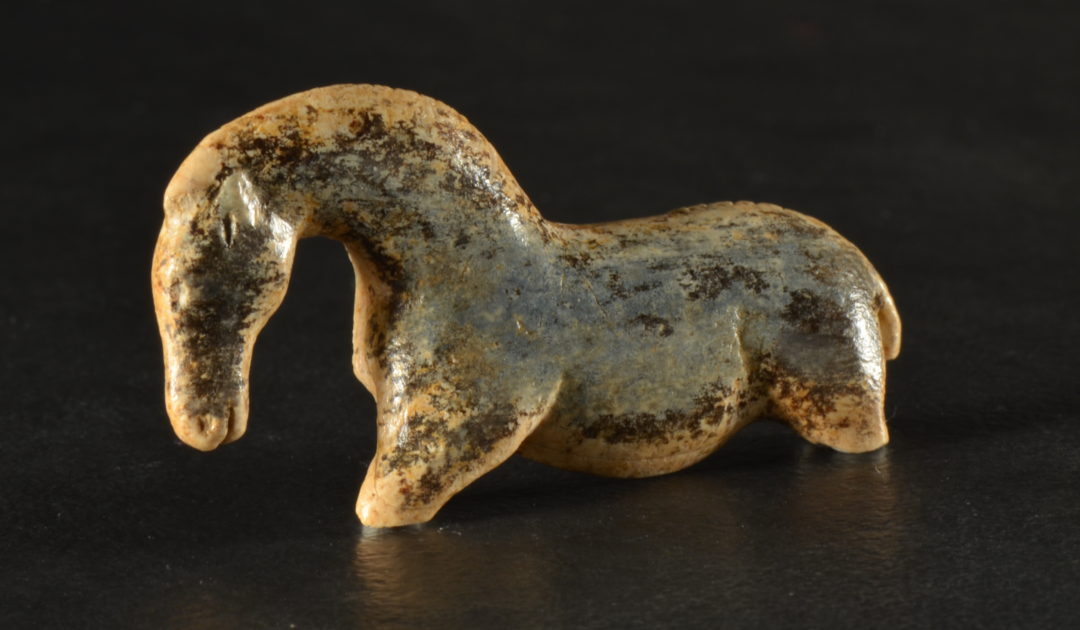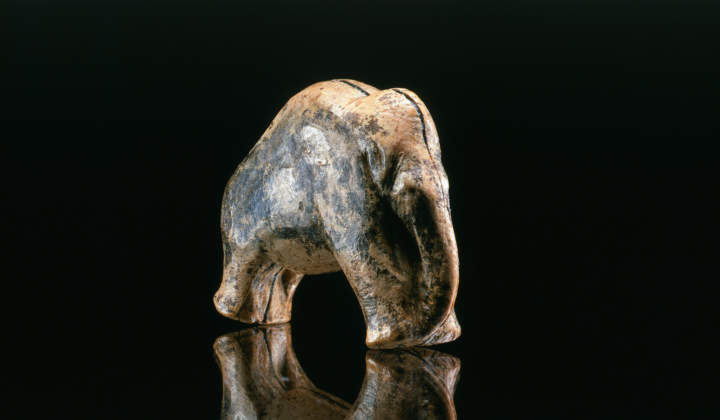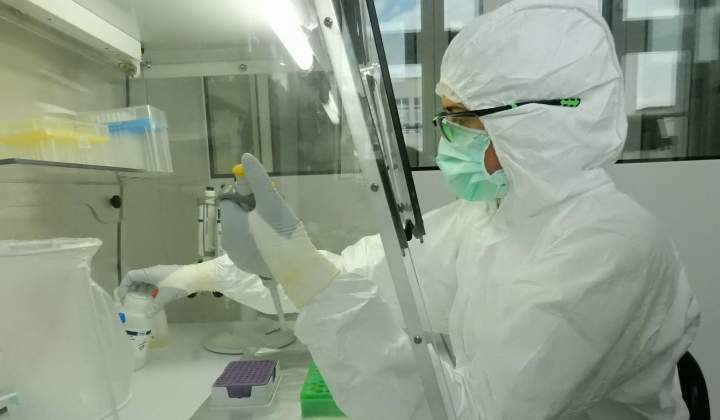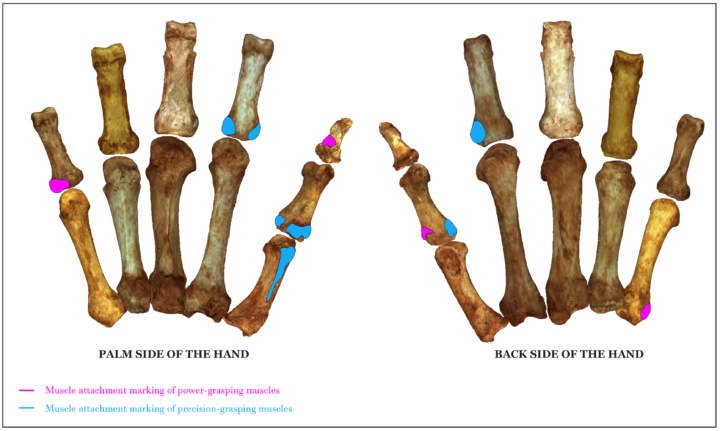Senckenberg Centre for Human Evolution and Palaeoenvironment
Tübingen, Schöningen
As of October 2009, the Senckenberg Centre for Human Evolution and Paleoenvironment (SHEP) was built and established at the Eberhard Karls University of Tübingen. In May of 2017, SHEP became an institute of the Leibniz Association.
SHEP is comprised of the following seven working groups in the Division of Geosciences:
- Early Prehistory and Quaternary Ecology (Prof. Nicholas Conard Ph.D.)
- Archaeo- and Paleogenetics (Juniorprof. Dr. Cosimo Posth)
- Biogeology (Prof. Dr. Hervé Bocherens)
- Geoarchaeology (Prof. Dr. Christopher Miller)
- Micropaleontology (Dr. Annett Junginger)
- Paleoanthropology (Prof. Dr. Katerina Harvati)
- Paleontology (Prof. Dr. Madelaine Böhme)
Since 2017, the managing director of SHEP has been Prof. Nicholas Conard Ph.D. (deputy director Prof. Dr. Hervé Bocherens).
The scientific coordination of the project is conducted by Dr. Sibylle Wolf.
The Division of Early Prehistory and Quaternary Ecology is located in the castle. Its subgroups Zooarchaeology and Archaeobotany, both are located on Rümelinstraße. Paleoanthropology and Geoarchaeology as well as the long-term project “The Role of Culture in Early Expansions of Humans” of the Heidelberg Academy of Sciences are also found there. The other groups work in the future SHEP building on Hölderlinstraße/Sigwartstraße.
The close scientific relationship with other areas of the Senckenberg – Leibniz Institution for Biodiversity and Earth System Research (SGN) is reflected in the cooperation with, for example, the Paleoanthropology section in Frankfurt and the Research Station for Quaternary Paleontology in Weimar. SHEP-Tübingen deals with various aspects of the biological and cultural evolution of humans and apes, as well as with climate and environmental development throughout the Cenozoic. The cooperation between Senckenberg and the University of Tübingen also concerns teaching, as well as the curation of the extensive paleozoological, paleobotanical, archaeobotanical, zooarchaeological, and geoarchaeological collections at the University of Tübingen by Senckenberg. These internationally renowned collections are a unique feature of SHEP.
The biological and cultural evolution of humans in their environment is a central issue for humanity. SHEP’s research is based on the assumption that biological and early cultural evolution of humans and their ancestors has been significantly influenced by changes in the paleoenvironment and paleoclimate. Cultural evolution gradually played an increasing roll starting about 2.5 million years ago. Methods such as genetics, isotope geochemistry, geological and geochronological techniques, climate and environmental reconstructions, and the analysis of archaeological artifacts are used to study the interactions between human biology, culture, and the environment.
There is excellent research and teaching infrastructure. Research is field-oriented and numerous excavations take place worldwide. SHEP Tübingen is an internationally unique collection of research expertise in the areas of biogeology, evolutionary anthropology, geoarchaeology, paleobotany, paleogenetics, paleozoology, paleontology, paleoclimatology, and prehistory. Phylogenetic relationships, adaptations in anatomy and physiology to food resources, as well as social interactions between early human species are studied with, for example, virtual anthropology. Of particular interest are the evolutionary interactions between humans and pathogens.
The publication performance of SHEP is well-known internationally. Current outstanding projects include the ERC Consolidator Grant CROSSROADS – Human Evolution at the CrossRoads, and the DFG-Center for Advanced Studies Words, Bones, Genes, Tools: Tracking Linguistic and Biological Trajectories of the Human Past, which are located in the Paleoanthropology working group. The work of SHEP pursues scientifically and socially relevant research topics, which is internationally unique in its approach and coherence, and enjoys considerable societal attention.









